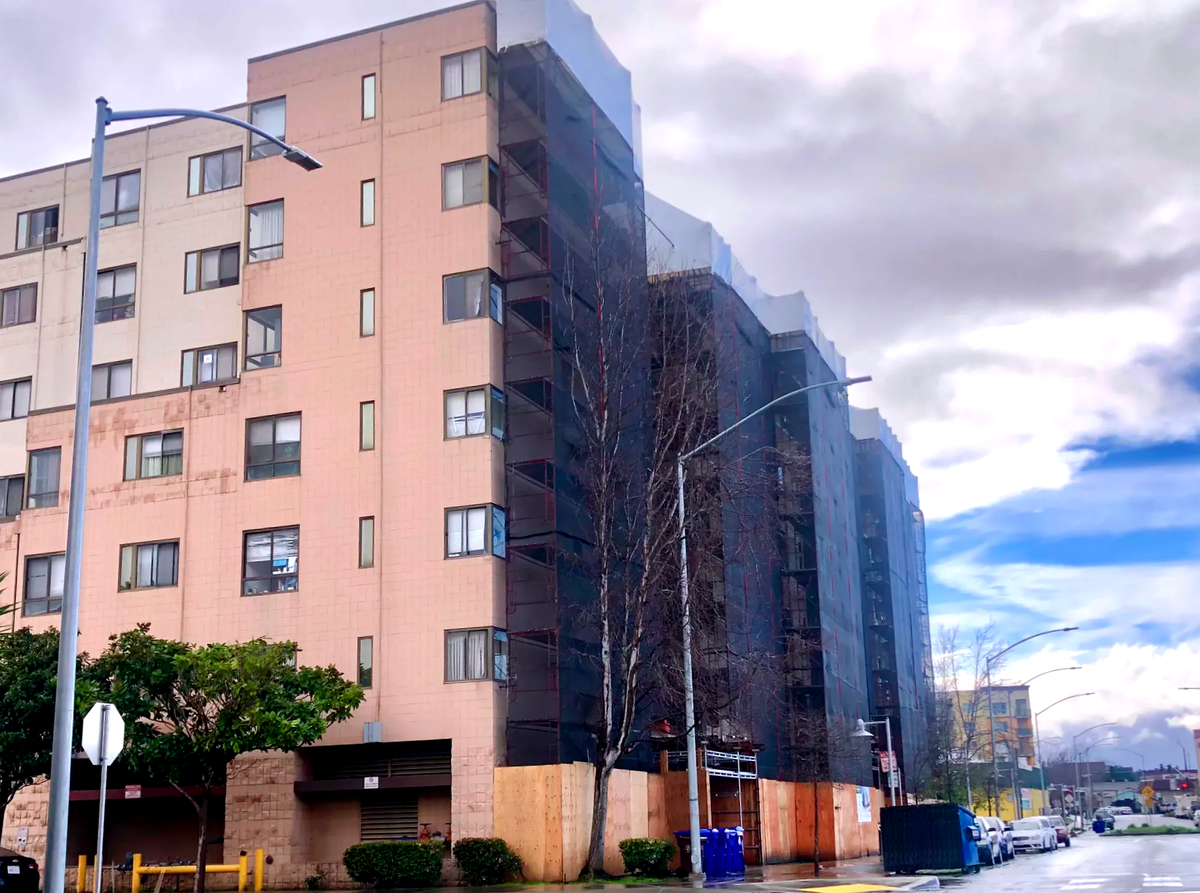

A newly released survey of Richmond renters reveals that rent control policies have helped stabilize housing costs and increase tenant awareness, but persistent concerns persist about property maintenance, financial stress, and the power imbalance between landlords and tenants.
The Richmond Rent Board reviewed the findings of the 2024 Bay Area Rent Stabilization Survey, an analysis comparing tenant experiences in rent-stabilized and non-stabilized housing, on July 16. The survey, conducted between March and July 2024, gathered responses from 400 Richmond renters as part of a larger regional study led by UC Berkeley’s Othering and Belonging Institute and the Social Science Research Center at CSU Fullerton. The Robert Wood Johnson Foundation funded the study.
“This survey helps us better understand the lived experiences of tenants in Richmond and how rent stabilization policies are functioning on the ground,” said Nicolas Traylor, Executive Director of the Richmond Rent Program. “The survey validates that rent stabilization is achieving many of its intended outcomes, namely housing stability, community stability, and tenant awareness of rights and protections.”
According to the survey, 82 percent of tenants were aware that Richmond has rent control, and approximately 60 percent were familiar with the Rent Program itself. Awareness was lower among younger tenants and those identifying as Black or Latinx.
On affordability, rent-stabilized tenants reported significantly lower average rents. The average rent in stabilized units was $1,258, compared to $1,722 for tenants in non-stabilized units. Stabilized tenants also paid less for utilities and were more likely to have lived in their units for longer. The average initial rent for stabilized units was $2,024, compared to $3,075 for non-stabilized units.
Despite these benefits, stabilized tenants reported higher levels of financial strain. About 63 percent of rent-stabilized tenants said they experienced stress or anxiety over paying rent, compared to 57 percent of non-stabilized tenants. Nearly half of stabilized tenants reported having no savings, and 42 percent said they work more than 40 hours a week to make ends meet.
Concerns about eviction and displacement were also more prevalent among stabilized tenants. About 36 percent said they were “very concerned” about eviction, compared to 21 percent of non-stabilized tenants. Stabilized tenants also expressed greater concern that their units could become uninhabitable.
Traylor said tenants often fear retaliation when requesting repairs.
“There were many tenants that responded with statements that their landlords had advised them that they're not going to make repairs because they were regulated, or that if they wanted repairs, they would have to pay for those repairs, which, of course, is not actually allowed,” Traylor said.
The survey also highlighted demographic patterns. Stabilized tenants were generally younger, more likely to be immigrants, and more likely to live in smaller units. About 32.5 percent of stabilized tenants were foreign-born, compared to 21.6 percent of non-stabilized tenants.
Board members expressed concern over the low rate of Spanish-language participation, with only six percent of respondents completing the survey in Spanish, despite Richmond’s large Latino population. Traylor speculated that fears among undocumented residents about sharing information with a government agency may have contributed to the low response rate.
Vice Chair Sara Cantor emphasized the importance of the Rent Program in preventing displacement.
“Most of us are one eviction away from being unhoused,” Cantor said. “That is an issue that many residents in the city are upset about.”
Cantor said having data to support the impact of rent control will be valuable if its benefits to the community are ever challenged.
The survey also found that tenants in rent-stabilized units reported more housing problems overall but were more likely to seek help from city agencies. They were also more likely to receive assistance when they did seek help.
Traylor said the findings will guide future outreach strategies, education campaigns, and collaborations with the City of Richmond. Efforts will focus on strengthening the rental inspection program, promoting tenant rights, and improving landlord accountability.
“One of the biggest takeaways for me is helping tenants learn how to assert their rights in the face of the kind of inherent imbalance in the landlord-tenant relationship,” Traylor said. He added that the Rent Program is working with the city to revise the rental inspection ordinance to eliminate self-certification by landlords and ensure that all units are inspected annually.
Rent Board member Jim Hite raised concerns about the city’s rental inspection process, describing it as inconsistent and vulnerable to manipulation by property managers. He shared his own experience that his unit had been inspected twice but that the inspections were superficial.
“I’ve been inspected twice by the city and both times it was really cursory,” Hite said. “A lot of these property managers are just dodging things, and they’re manipulating.”
Future initiatives may include rent adjustment education, tenant rights workshops, and expanded support services to help resolve disputes and address housing insecurity.
SUPPORT LOCAL JOURNALISM - SUBSCRIBE TODAY!
Grandview Independent needs your financial support to continue delivering the news that matters to our community. Quality journalism costs money, and we can't do it without readers like you.
SUBSCRIBE NOW and get:
• Unlimited access to all articles
• Newsletters with exclusive content
• The satisfaction of backing independent local news that serves your community
CLICK HERE TO SUBSCRIBE - Starting at just $10/month
FOLLOW US FOR BREAKING NEWS:
• Twitter: @GrandviewIndy
• Instagram: @GrandviewIndependent
• Facebook: @Grandview Independent
Copyright © 2025 Grandview Independent, all rights reserved.
